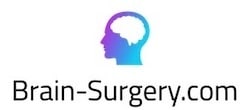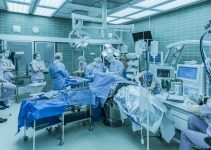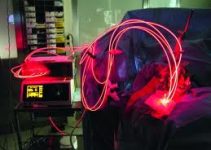The Foundation for Neurosurgical Research has developed a new technique that offers relief, is much less costly and is minimally invasive.
Table of Contents
The Spinal Endoscopy Operation
It repairs almost any damage done to our spines. When it is over, all the patient gets for their money is a mini-scar about the thickness of a coin and an inch in length.
You will not even have a great marking scar to brag about and show off.
However, you will have relief. Spinal Endoscopy was a recent feature on the Medical News section of ABC Eyewitness News.
Backs cause more trouble than almost any other part of our bodies; they do a great deal of work, are almost never at complete rest, and are subject to all the various strains and stresses of our daily lives.
We use them constantly; we abuse them regularly.
Thus, low back and neck pain are common in today's society. It has been estimated that more than 75% of us will experience back pain at some time in our lives and that this problem accounts for one of the largest reasons for extended sick leave. The total cost of lost productivity is enormous.
Here are some views of that wonderous body part:

Causes Of Back Pain
There can be many different ailments that can cause back pain. We have a look at some of them below.
Sciatica
Pain traveling down into the buttock, back of the thigh, and often into the calf and foot. This is usually caused by irritation of nerve root of the sciatic nerve, often from compression by a disc or degenerative disease are the usual causes.
Radiculopathy
Dysfunction of a nerve root by any cause. The symptoms are weakness, pain (sciatica), numbness, or tingling, or a combination of these.
Back Pain
Also called “back strain” or “musculoskeletal back pain.” The causes may include a strain of the muscles along the spine, strain the ligaments of the spine, degenerative facet joint disease between the bones of the spine, or others.
Herniated Disc
Also called herniated nucleus pulposus (HNP), disc rupture, disc prolapse. This condition and its treatment are discussed later in this section.
Spinal Stenosis (Spondylosis)
A narrowing of the spinal canal, typically in the lumbar or cervical spine (lower back and neck, respectively). This is a complex problem requiring an individualized approach for each patient, with an experienced neurosurgeon or neurologist. This condition is discussed later in this section.
Evaluation of Back Pain
The evaluation of back pain requires a physician experienced with this problem. The workup begins with a detailed history and physical examination.
Your physician will ask about the type of pain, where it radiates, factors that worsen or alleviate the pain, and other questions. The physical examination concentrates on the motor and sensory functions.
The next step is usually a set of X-rays. If your physician is suspicious of a structural lesion, based upon the history and exam, one or more additional studies may be performed:
- CT scan (computed tomography)
- MRI (magnetic resonance imaging)
- Myelogram
There are as many ways to damage the back as there are ways to heal the back–not to mention the usual deterioration that goes along with aging.




